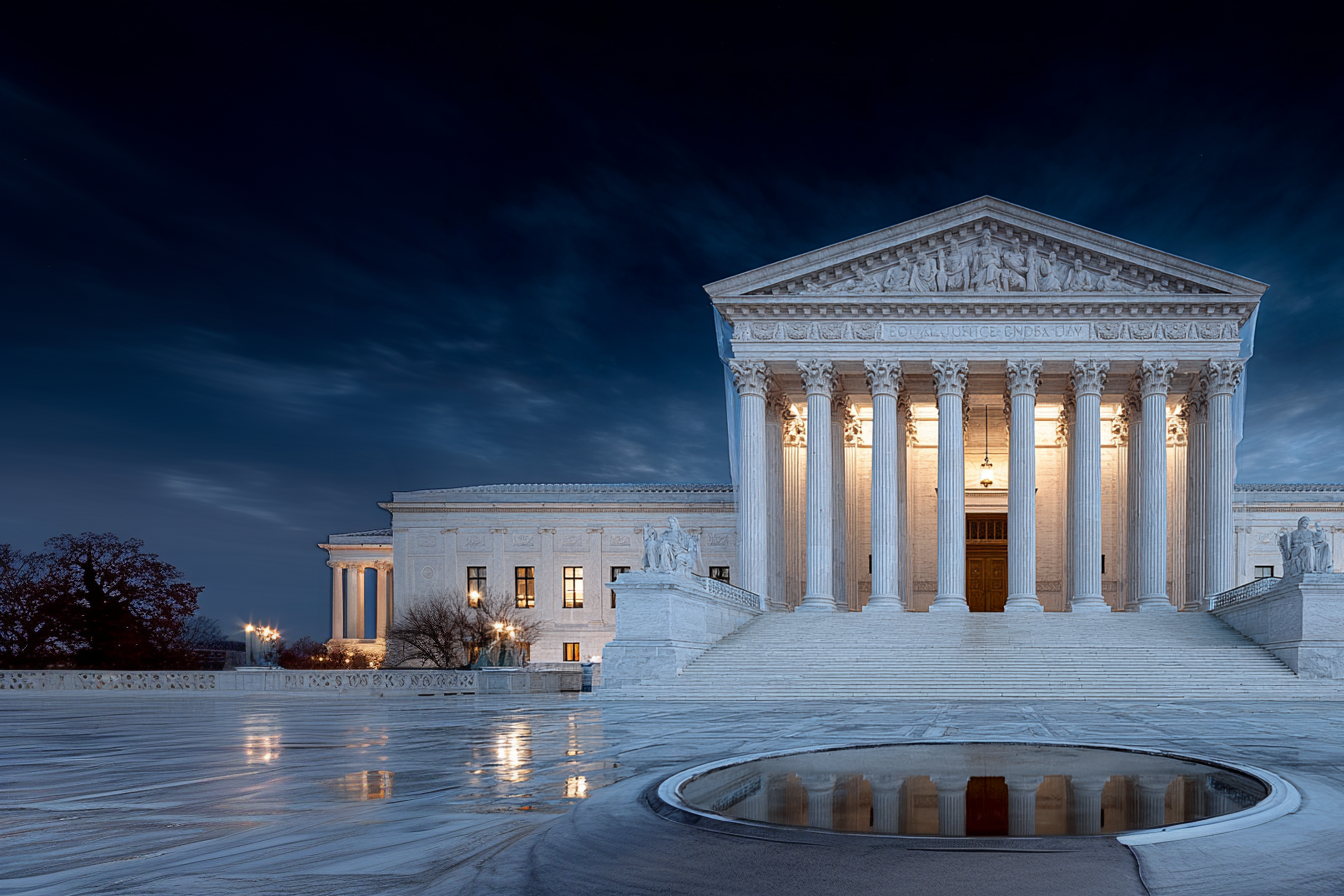The United States Supreme Court recently held in favor of a heterosexual woman who lost two positions to gay workers, finding that the Sixth Circuit erred in requiring her to meet a heightened burden in order to prove employment discrimination because she was a member of a majority group.
The Sixth Circuit’s “Background Circumstances” Rule
The U.S. Court of Appeals for Sixth Circuit had required that a plaintiff who’s a member of a majority group to show “background circumstances” to support the suspicion that the defendant is that “unusual employer who discriminates against the majority”. Other circuits—namely the Tenth and D.C. Circuits—also required men, Caucasians, and other members of majority groups to satisfy a more demanding standard when they sued for workplace discrimination. However, the Supreme Court said this rule can’t be squared with the text of Title VII of the Civil Rights Act of 1964 or the Court’s longstanding precedents. Title VII doesn’t impose such a heightened standard on majority-group plaintiffs, the Court said.
The Supreme Court ruled in 2020 that discrimination based on sexual orientation is a form of sex discrimination for purposes of the civil rights law. By eliminating the “background circumstances” requirement, the Court held that a federal civil rights law called for equal treatment of all individuals.
“This Court’s precedents reinforce that understanding of the statute and make clear that the standard for proving disparate treatment under Title VII does not vary based on whether or not the plaintiff is a member of a majority group,” Justice Ketanji Brown Jackson stated in her Opinion for the Court.
Background
Marlean Ames, a heterosexual woman, worked for the Ohio Department of Youth Services, which oversees parts of the state’s juvenile corrections system. After 10 years in the job in 2014, she was named a program administrator. In 2019, she applied for a promotion but was not chosen because according to her supervisors, saying she lacked vision and leadership skills. The position was ultimately given to a lesbian who’d been at the department less time. Moreover, unlike Ames, she didn’t have a college degree.
A short time later, Ames was removed her from her position, explaining that they had concerns about her leadership; she was offered a demotion that came with a substantial pay cut. She was replaced by a gay man with less seniority. Ames brought suit under federal civil rights law that forbids employment discrimination based on, among other characteristics, sex. Title VII of the Civil Rights Act of 1964 doesn’t make any distinctions based on whether the person claiming discrimination is a member of a majority group; however, some courts have required plaintiffs from majority groups to prove an additional element if they lack direct evidence of discrimination, which is “background circumstances that support the suspicion that the defendant is that unusual employer who discriminates against the majority.”
The United States District Court for the Southern District of Ohio at Columbus ruled against the plaintiff on that rationale. The U.S. Court of Appeals for the Sixth Circuit found that Ames could have satisfied the “background circumstances” requirement by showing that decisions about her employment were made by “a member of the relevant minority group (here, gay people)” or with statistical evidence. However, the Court said she failed to provide either type of proof.
The Supreme Court Vacates and Says that Title VII Applies Uniformly
In a unanimous decision, the United States Supreme Court vacated and remanded the case. Justice Jackson wrote that the text of Title VII’s disparate-treatment provision “draws no distinctions between majority-group plaintiffs and minority-group plaintiffs.” Instead, she explained”
- The provision focuses on individuals rather than groups, barring discrimination against “any individual” because of protected characteristics. Congress left no room for courts to impose special requirements on majority-group plaintiffs alone.
Justice Jackson noted that the Supreme Court’s precedents reinforce this understanding of the statute and make clear that “the standard for proving disparate treatment under Title VII does not vary based on whether or not the plaintiff is a member of a majority group.”
The justice reiterated that in McDonnell Douglas Corp. v. Green(1973), the Supreme Court provided a three-step burden-shifting framework for evaluating claims arising under Title VII. In 1981, Justice Powell said that the McDonnell Douglas framework is designed to “bring the litigants and the court expeditiously and fairly to the ultimate question” in a disparate-treatment case—namely, whether “the defendant intentionally discriminated against the plaintiff.”
Justice Clarence Thomas, joined by Justice Neil M. Gorsuch, wrote in a concurring opinion that it’s hard to tell who’s a member of the “majority.” Ames v. Ohio Dep't of Youth Servs., (U.S. Supreme Court, 6/5/2025).
Bottom Line
This Supreme Court decision eliminates an obstacle that some courts had imposed on “reverse discrimination” actions clarifying that Title VII doesn’t differentiate between majority and minority status when considering allegations of intentional discrimination. The decision mirrors the U.S. Equal Employment Opportunity Commission's (EEOC) recent guidance related to its aim to end what it has labelled "illegal DEI." Accordingly, the decision increases the likelihood of discrimination lawsuits brought by majority-group plaintiffs (e.g., white or heterosexual employees) and this guidance indicates a likely increase in EEOC enforcement over these discrimination claims.


